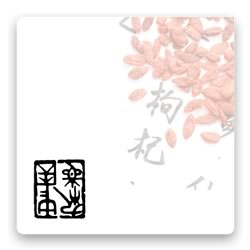We use cookies to make your experience better. To comply with the new e-Privacy directive, we need to ask for your consent to set the cookies. Learn more.
Introduction to Neijing Classical Acupuncture Part II: Clinical Theory
Did you know?
For the cost of 5 articles (students) or 10 articles (practitioners) you can buy a year's access to the entire Journal of Chinese Medicine article archive.
$6.00
VAT Exempt
In stock
SKU
JCM102-20
As outlined in Part I of this article, the theories and practices of Neijing classical acupuncture are radically
different from the type of acupuncture commonly practised today. In essence, Neijing classical acupuncture is
a form of clinical surgery, the goal of which is to restore the body’s circulatory pathways and tissue planes to a
state of dynamic balance. In its clinical application, Neijing classical acupuncture is a physician-level skill built
upon a sophisticated understanding of the innate patterns of nature and an in-depth knowledge of the structure
and physiology of the human body. Neijing classical acupuncture does not depend on point-action theory - the
conceptual framework that dominates most current thinking in modern acupuncture - for its therapeutic efficacy.
Rather, the goal of Neijing classical acupuncture is to regulate the different tissue planes of the body in order to
restore the free circulation of blood, and in doing so allow the body to return to its original state of balance and
innate self-healing.
different from the type of acupuncture commonly practised today. In essence, Neijing classical acupuncture is
a form of clinical surgery, the goal of which is to restore the body’s circulatory pathways and tissue planes to a
state of dynamic balance. In its clinical application, Neijing classical acupuncture is a physician-level skill built
upon a sophisticated understanding of the innate patterns of nature and an in-depth knowledge of the structure
and physiology of the human body. Neijing classical acupuncture does not depend on point-action theory - the
conceptual framework that dominates most current thinking in modern acupuncture - for its therapeutic efficacy.
Rather, the goal of Neijing classical acupuncture is to regulate the different tissue planes of the body in order to
restore the free circulation of blood, and in doing so allow the body to return to its original state of balance and
innate self-healing.
| Author | Edward Neal |
|---|---|
| JCM Issue | JCM102-20 |
Write Your Own Review
* Orders shipped outside of Europe are eligible for VAT relief and will not be charged VAT.

